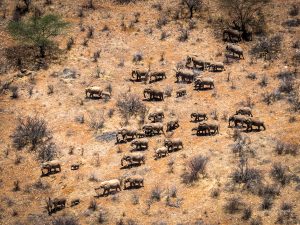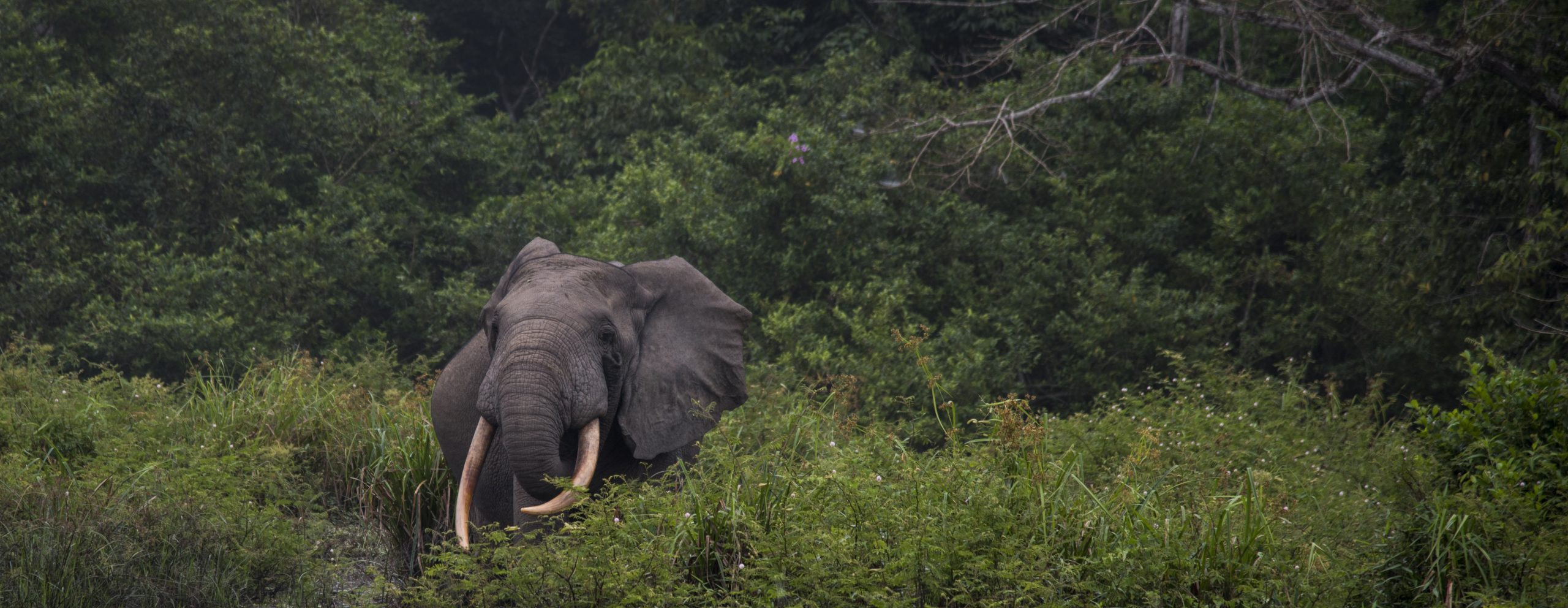Counts are crucial to establish elephant population trends in any region. Alongside generating data on poaching intensity through carcass data, they give an overall picture of what is happening to the population over time.
Elephants are surprisingly difficult to count accurately, and Save the Elephants is a specialist in producing accurate surveys. This data is the foundation for conservation actions. In 1989, Iain Douglas-Hamilton’s continental census brought to the world’s attention the gravity of the crisis, leading to the 1989 International ban on ivory by CITES, which has now been in place for 24 years.
In recent years, as illegal killing has skyrocketed with new demand from the Far East, this data has been called upon again to shed light on the situation. A new Pan African Census has been commissioned by Vulcan, Paul Allen’s foundation, and is being conducted by Mike Chase of Elephants Without Borders, and STE serves as an advisor to the project.
Survey data is collected by the African Elephant Specialist Group (AfESG) hosted by the International Union for the Conservation of Nature. STE has five members of staff on the Specialist Group and supports program costs in order to help ensure that this important work continues to a high standard. The last African Elephant Status report was published in 2007, and the next is due out in 2016.

© Jane Wynyard






